Photos of my garden
mike_marietta_sc_z8a
19 years ago
Related Stories
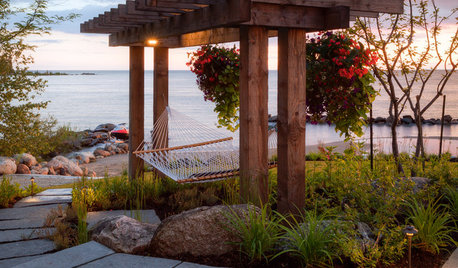
GARDENING AND LANDSCAPINGThe Most Popular Outdoor Living Photos of 2015
See 20 ways to transform your yard into a whimsical, wonderful outdoor oasis
Full Story
GARDENING GUIDESGreat Design Plant: Knock Out Roses
As glorious as their high-maintenance kin for a fraction of the work, Knock Out roses make even beginners look like garden stars
Full Story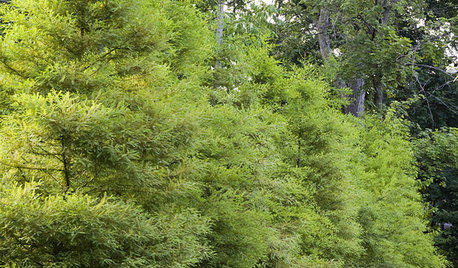
GARDENING AND LANDSCAPINGGreat Design Plant: Bald Cypress
Enjoy this beautiful tree's feathery foilage, fall color and tolerance of wet and dry soils
Full Story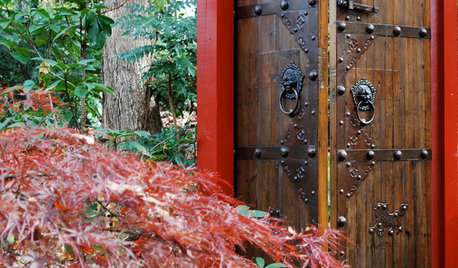
PHOTO FLIP77 Gorgeous Garden Gates
Enjoy these enticing entryways and the magical gardens beyond their doors
Full Story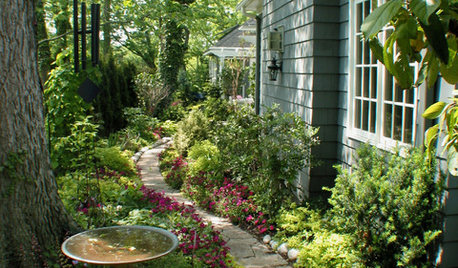
GARDENING AND LANDSCAPINGMagical Garden Paths
Get inspired by thousands of photos of garden path and walkway designs
Full Story
GARDENING GUIDESGreat Design Plant: Milkweed
Quit cringing. This not-weed plant is a sight to behold in the garden, has a delicious vanilla scent and is a magnet for butterflies
Full Story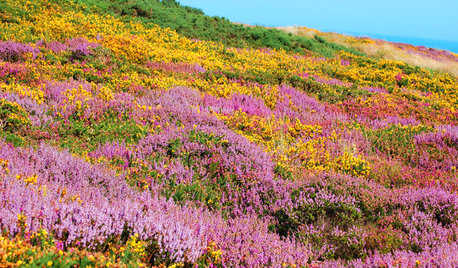
GARDENING FOR BUTTERFLIESGreat Design Plant: Scotch Heather
The moors aren't all moody, as this prettily colored evergreen shrub proves. Plant it en masse for an epic romance in your own garden
Full Story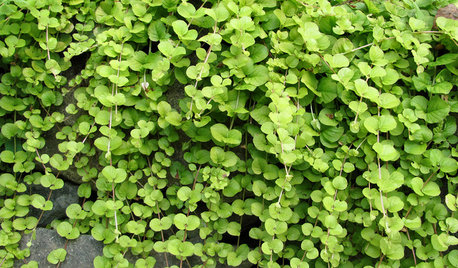
GARDENING AND LANDSCAPINGGreat Design Plant: Golden Creeping Jenny
Try this fast-growing ground cover for easy masses of gold and green in the garden
Full Story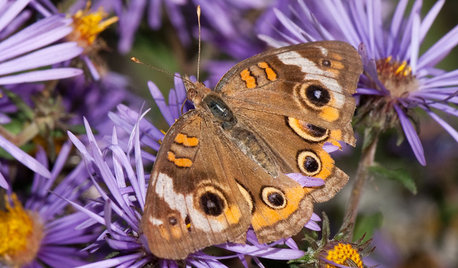
FALL GARDENINGGreat Design Plant: Symphyotrichum Novae-Angliae Ushers in Fall
With bold purple flowers easily accessible to pollinators, New England aster offers loads of interest in the autumn garden
Full Story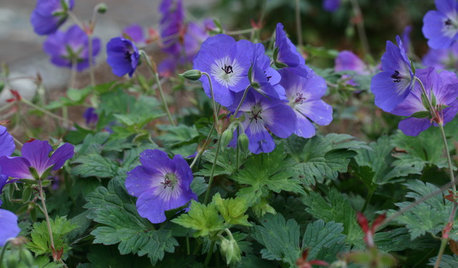
FLOWERSGreat Design Plant: 'Rozanne' Cranesbill
Try this vigorous scrambling beauty as a ground cover or container plant for captivating garden color all summer long
Full Story


dan112
tamivileine
Related Professionals
Bellefontaine Neighbors Landscape Contractors · Cedar Hill Landscape Contractors · Cornelius Landscape Contractors · Marlborough Landscape Contractors · Paso Robles Landscape Contractors · Plantation Landscape Contractors · Sammamish Landscape Contractors · Markham Landscape Contractors · Odenton Carpenters · Anderson General Contractors · DeRidder General Contractors · Glenn Dale General Contractors · New Carrollton General Contractors · Overlea General Contractors · San Carlos Park General ContractorsPuraVida
mike_marietta_sc_z8aOriginal Author
bluebamboo
mike_marietta_sc_z8aOriginal Author
mike_marietta_sc_z8aOriginal Author
Tmxina
bluebamboo
mike_marietta_sc_z8aOriginal Author
bluebamboo
mike_marietta_sc_z8aOriginal Author
Datdog
tamstrees